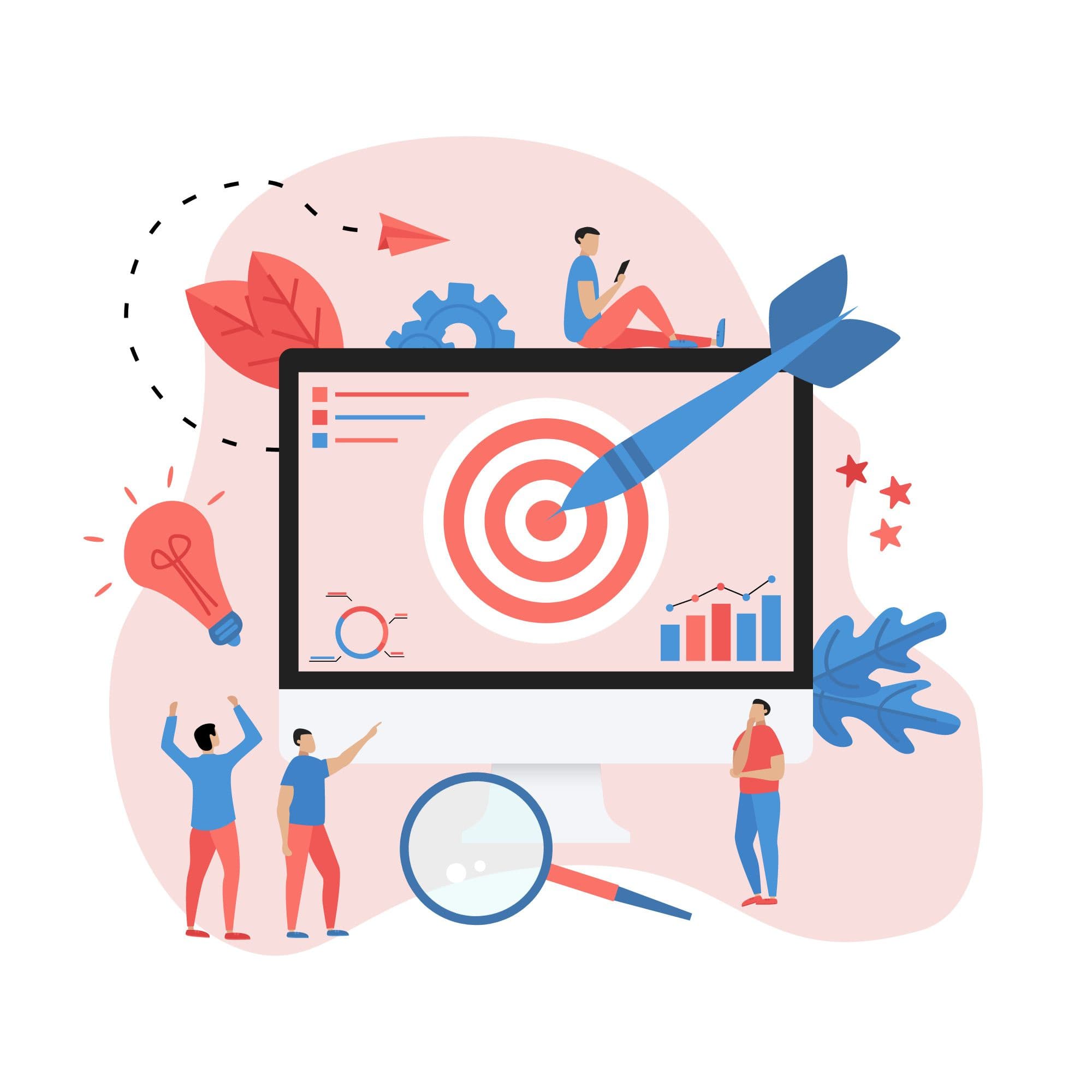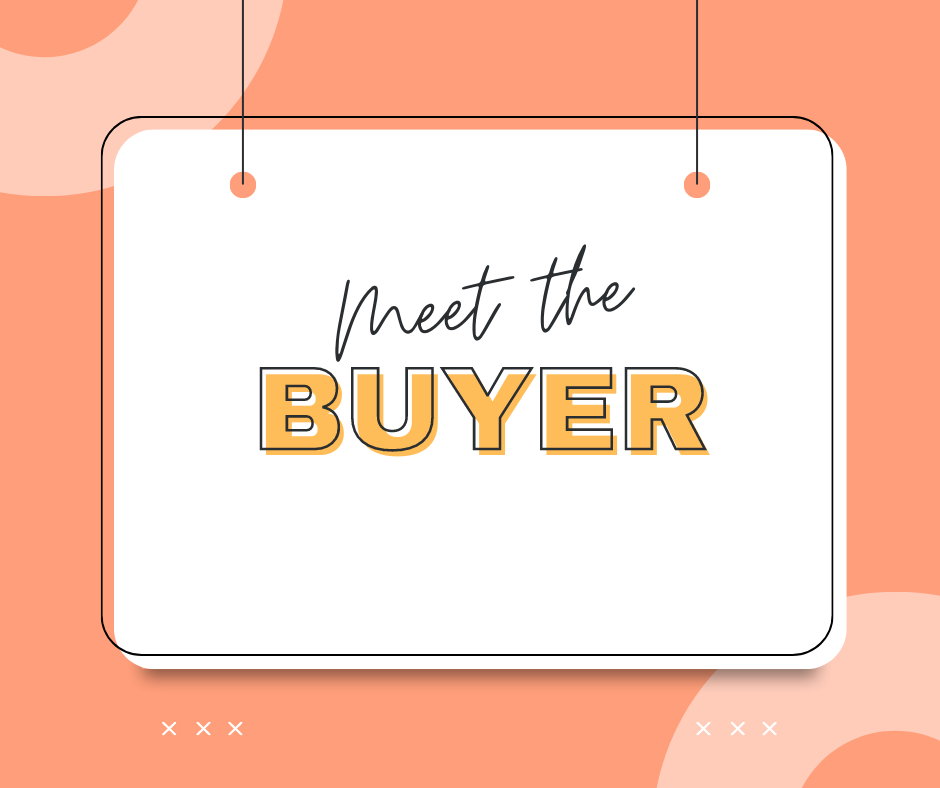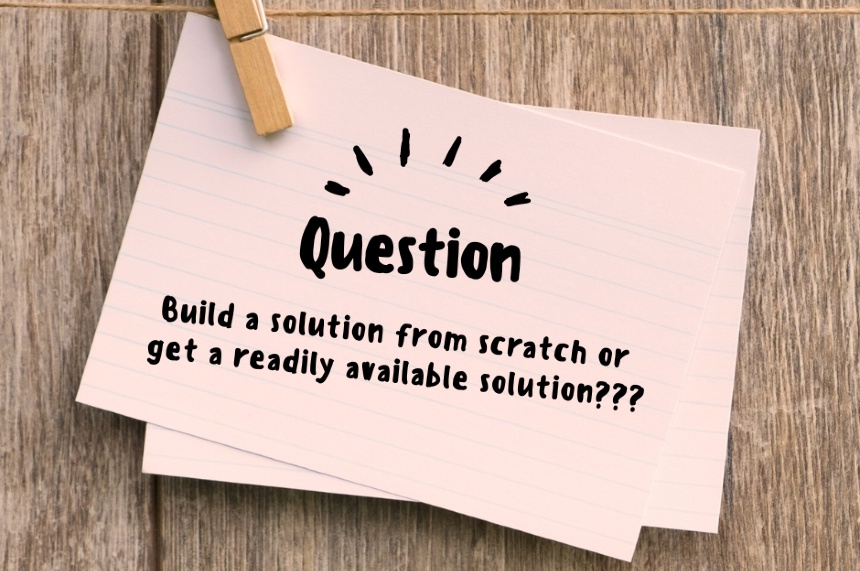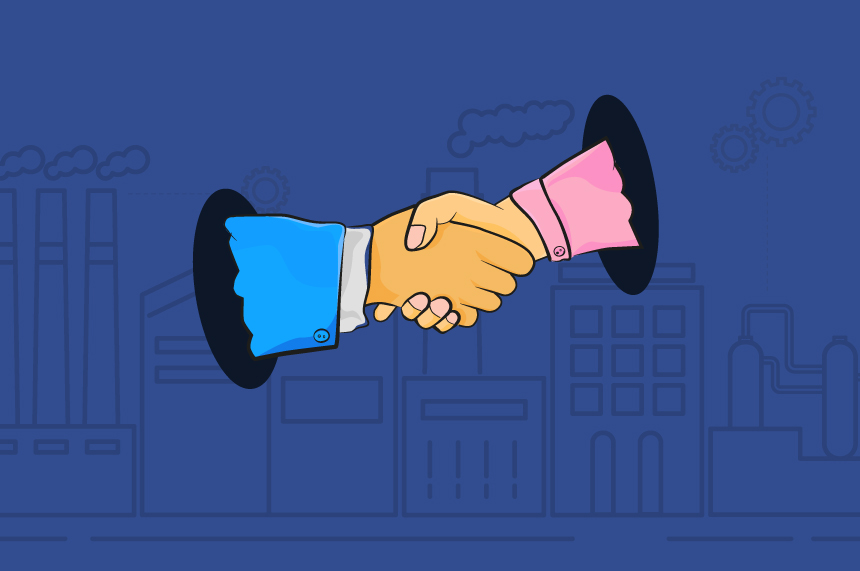Difference Between Sourcing and Procurement
Business | August 31, 2022 | By
Product manufacturing companies have multiple departments that collaborate to achieve their business objectives. And when it comes to handling the supply chain operations, sourcing, procurement, and supply chain teams form a vital cog. On the surface level, it is easy to assume that sourcing and procurement are the same. While both are related and play crucial roles in a manufacturing company’s supply chain, they have their differences. In this article, we will discuss what sourcing and procurement are and understand their differences.
What is Procurement?

In a nutshell, the role of procurement in a product manufacturing company involves ensuring a continuous flow of goods (raw material, parts, etc.) and services (software services, machinery maintenance, etc.). Earlier, and even today in some companies, procurement is considered a function that acquires goods and services at the lowest possible price. But, procurement is more than finding the lowest cost or L1 suppliers. Procurement in product manufacturing companies involves, but is not limited to,
-
-
- Sourcing
- Raising RFP, sharing RFQs to potential suppliers/vendors, and finalizing quotations
- Ensuring compliance
- Managing Supplier Contracts
- Expediting and tracking materials
- Auditing delivered materials (Quality check)
- Receiving GRN and Invoices
- Performing a 4-way invoice match and sending invoices for payment
- Assessing performance of suppliers and managing supplier relationships
- Ensuring sustainability throughout procurement processes – sustainable procurement
-
The procurement process in a product manufacturing company is further classified into two types.
Direct Material Procurement:
Direct procurement, direct spend, or direct material procurement is the process of acquiring goods, services, and resources needed for the core business operations. The procured items directly go into the manufacturing of the product. For example, an Electric Vehicle manufacturer will require batteries, different types of steel, plastics, other electronics, etc. to build the vehicle.
Indirect Materials Procurement:
Indirect procurement, indirect spend, or indirect material procurement involves the procurement of goods and services needed for running the business. It includes, but is not limited to Office Supplies, Software, and other Technology Purchases, Travel expenses, Human Resources, etc.
Both direct and indirect procurement is crucial for a business, but they have their differences. To learn more about the difference between direct and indirect procurement, read our blog here.
What is Sourcing?
 Sourcing is the first step in the supply chain process. It is a subset of the procurement process in product manufacturing companies. The sourcing process involves identifying, assessing, selecting, and working with potential suppliers based on multiple factors. At the end of a sourcing process, companies onboard suppliers after signing a contract (for new suppliers), or the buyer and supplier reach an agreement on the components to be procured, their quantity, etc.(for existing suppliers). In product manufacturing companies, sourcing teams play a crucial role, especially during the new product development process. They research the supply market, develop and execute strategy, negotiate contract terms, and develop contractual agreements with the suppliers.
Sourcing is the first step in the supply chain process. It is a subset of the procurement process in product manufacturing companies. The sourcing process involves identifying, assessing, selecting, and working with potential suppliers based on multiple factors. At the end of a sourcing process, companies onboard suppliers after signing a contract (for new suppliers), or the buyer and supplier reach an agreement on the components to be procured, their quantity, etc.(for existing suppliers). In product manufacturing companies, sourcing teams play a crucial role, especially during the new product development process. They research the supply market, develop and execute strategy, negotiate contract terms, and develop contractual agreements with the suppliers.
Difference between Sourcing and Procurement
The procurement and sourcing processes are crucial to obtaining a cost-effective, timely, and quality supply of materials for manufacturing. While many interchange the usage of procurement and sourcing, there are a few key differences between sourcing and procurement.
Procurement
-
-
- Procurement is about getting the goods and services required to run a business.
- It focuses on what is supplied.
- It ensures a steady flow of supplies and inputs to the organization by leveraging the supply chains.
- Procurement focuses on the smooth operation of the existing supply chains.
-
Sourcing
-
-
- The sourcing process encompasses everything from market research for finding suppliers to evaluating and onboarding them.
- It focuses on who makes the supplies possible.
- Sourcing concentrates on building and managing steady supply chains.
-
While procurement works with the existing supply chains, sourcing mitigates supply risks and builds supply resilience.
In a product manufacturing company, sourcing is one of the predominant activities during new product development. For example, an EV manufacturer needs new chassis, transmission systems, batteries (for higher range), etc. will research the market for new suppliers who supply these products, engage with them, and evaluate and onboard the suppliers who provide the right value. Refer to the inverted S curve below.
And during the procure-to-pay process, procurement will be the more predominant function. For example, an automotive manufacturer will only need to source new suppliers during an upgrade to the existing design.
Need for Source-to-Pay Software

While both sourcing and procurement have similarities and differences, they are essential to the success of an organization. Together they both lay the road for a faster market launch. Hence it is important that the sourcing and procurement teams are provided with the right tool that encompasses both the sourcing and procurement process. And, while there are a plethora of tools available for indirect procurement, there is a dearth of tools for direct procurement. But your search ends at Zumen.
Zumen is the only Source-to-Pay software that connects the product, procurement, and part lifecycles. To know more, contact [email protected] or schedule a free demo.
















